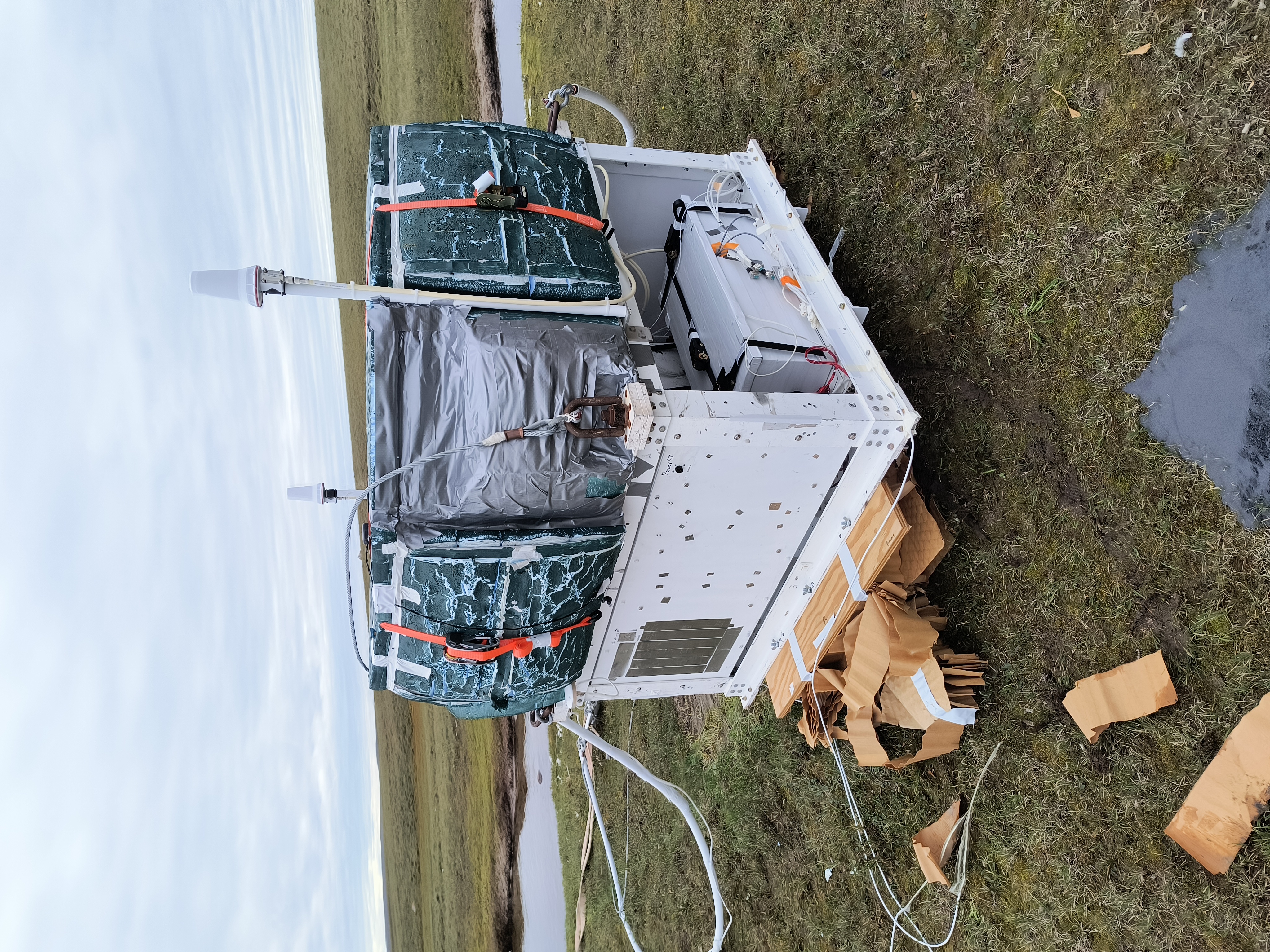BOOMS
Balloon Observation Of Microburst Scales
Mission Overview
Ballon Observation of Microburst Studies (BOOMS) is an instrument payload designed for flight on a scientific ballon. BOOMS's purpose is to observe flashes of X-ray light that sporadically appear in the atmosphere of Earth's poles, known as microbursts.
Microbursts are the result of high-energy electrons penetrating Earth's atmosphere and colliding with atmospheric gases. These collisions release bursts of X-rays that are quickly reabsorbed by the atmosphere, thus preventing any measurement from Earth's surface. The BOOMS instrument is the purposed solution for measuring these microbursts of X-rays.
The reason for going with balloons is simple. Balloons have been used to monitor auroras at Earth's poles for decades and travel slow enough to allow instruments to record data from multiple auroras in the same location. Since microbursts occur in the same areas as auroras, balloons provided the best platform on which to capture the high-resolution imagery needed to understand them.
Status
A prototype of the BOOMS instrument was flown alongside the BALBOA mission in June 2021 out of Fort Sumner, New Mexico. The flight lasted 15 hours, reaching a maximum altitude of 117,300 feet. The purpose of the flight was to test operations of both payloads at high altitudes. BOOMS survived the flight and operated as expected.
The completed BOOMS instrument was slated to piggyback on the CSBF Test Flight I which was to be launched from a facility in Sweden in spring 2022. The flight was postponed indefinitely when political tensions spiked with the start of the war between Ukraine and Russia.
BOOMS was later manifested on a balloon flight out of McMurdo Station in Antarctica in late 2022. However, other balloon flights out of the same location were causing cramped facilities and the potential for delays. The lead scientist on BOOMS, John Sample, made the call to demanifest BOOMS.
BOOMS was launched on July 12, 2024 from Sweden. The balloon and its payload traveled over the arctic, captured a solar flare (or two), and landed on its side in northern Canada on july 16. A skeleton crew, formed from the BOOMS team, recovered the payload in early August and verified that everything was mostly in working order. Data has been pulled from the solid state drive and is currently being analyzed by team members. What is known so far is that BOOMS did not observe any microbursts during its flight due to the sun being in solar maximum.
A re-flight of BOOMS is being considered for either 2025 or 2026.

